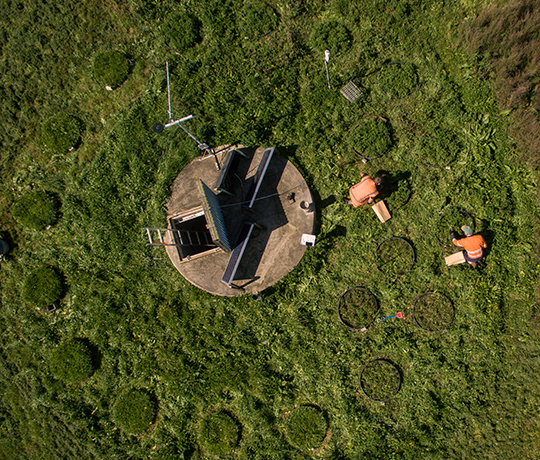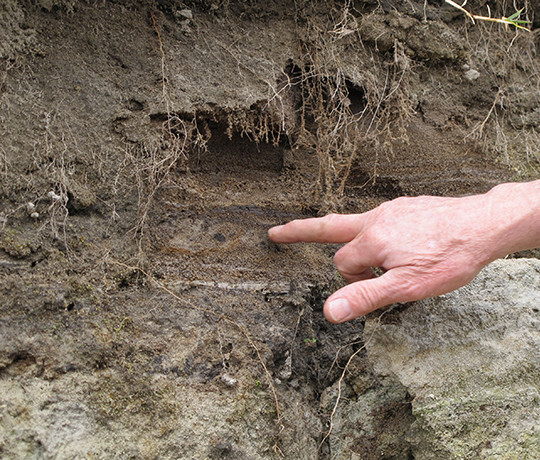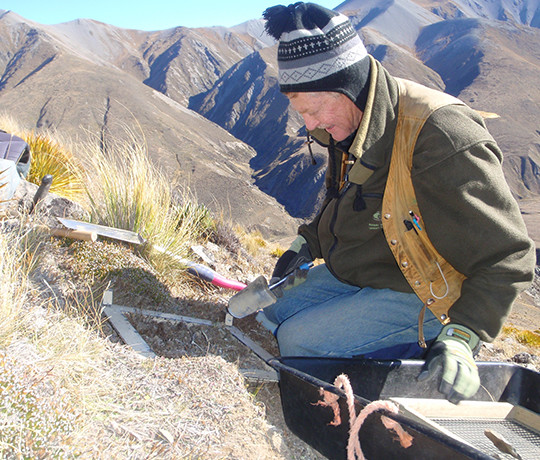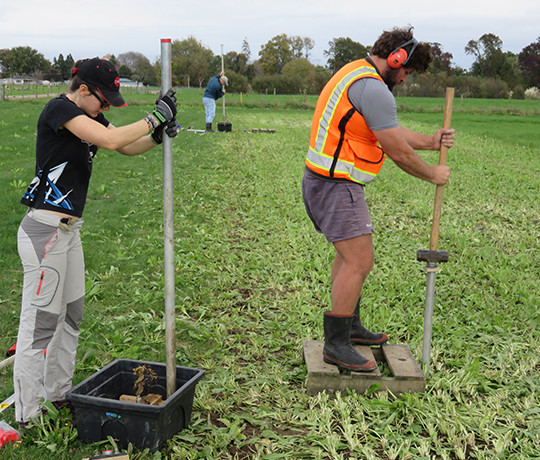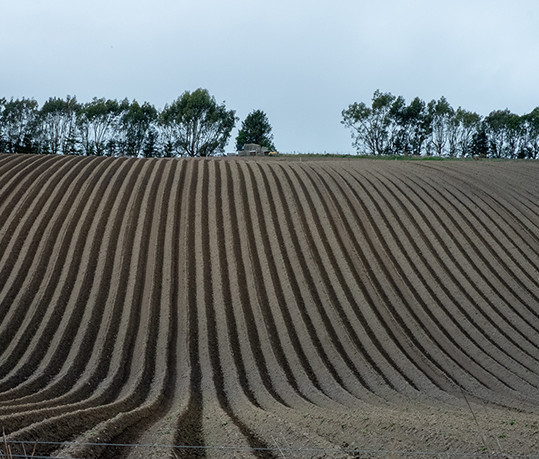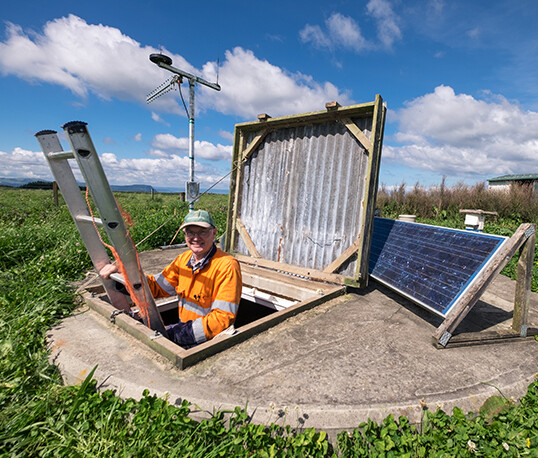Soil health and soil quality
Soil health and soil quality are broad concepts that describe the state of the soil and whether a soil is well suited to how it is being used. The two terms are often used interchangeably although some maintain there is a difference between the two.
This section dives into our research on soil health and resilience, how soil quality/soil health is being monitored in New Zealand, and what conclusions we can draw from this for national soil health.
Defining soil health
A good attempt at defining the concept of soil health and soil quality is “the continued capacity of the soil to function as a vital living ecosystem that sustains plants, animals and humans".
Soil quality is generally used in a more land-use specific context, for instance a good soil quality for forestry may be a poor soil quality for dairy. It’s can therefore be important to ask: ‘Soil quality…for what? Whereas soil health more broadly refers to the condition of the soil and whether the soil has been degraded.
Soil’s physical, chemical and biological properties are all linked to soil quality and soil health, and no one property alone can describe a soil’s state. Soil fertility, amount of organic matter (humus), soil aeration and structure, and the biological life of a soil are all part of its quality and health. Because different soil types have different properties, there are no ‘good’ or ‘bad’ soils. Soils are either suited or unsuited to specific crops or products. The soil’s physical, chemical and biological properties can however be degraded if the soil resource is not well looked after.
A project to support the development of a longer-term and more comprehensive view of soil health and resilience.
The MBIE-funded project 'Soil health and resilience: oneone ora, tangata ora' aims to support the development of a longer-term and more comprehensive view of soil health and resilience; and to develop an integrated soil health framework that can be used by a wide range of end-users. It is important that this framework is flexible, to enable it to adapt to both technological and societal changes impacting on the primary sector.
Soil quality is a broad concept and describes whether a soil is well suited to how it is being used.
Most regional councils in New Zealand assess soil quality via monitoring schemes under various land uses: forestry, cropping and horticulture, dairy, and drystock. These land uses are monitored because they require good soil quality, and some activities under these land uses can result in poor soil quality and environmental issues.
Seven soil characteristics are part of the soil quality monitoring: total carbon, total nitrogen, mineralisable nitrogen, acidity, plant-available phosphorus, bulk density and macroporosity. Other important soil properties are not part of general monitoring but may be analysed when the need arises. For instance, when a soil is suspected of having been contaminated, trace elements and heavy metals may be analysed, or for soil biodiversity studies soil (micro)organisms and DNA analyses may be needed.
We are losing 192 million tonnes of soil a year. That’s the equivalent of four hundred thousand dump trucks of soil unloaded every week.
The idea that ‘what we cannot see cannot hurt us’ could not be more wrong in the context of New Zealand soils.
Soils provide several key services, most importantly growing our food, water drainage, storage and filtering, carbon and nutrient storage and recycling, and hosting a large part of our biodiversity. In New Zealand we rely heavily on soils for our economy, as soil provides the resources for primary production such as dairy, horticultural crops and wood. New Zealand landscapes that attract millions of tourists every year are also underpinned by soil.
It is therefore hugely important that we manage our soils well to sustain services and production from the soil. Soils develop over long time frames – millennia or longer – but can be lost very quickly through mismanagement and natural events.
